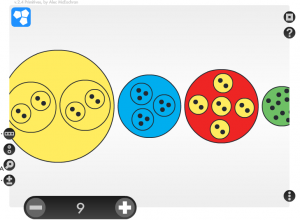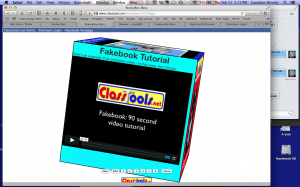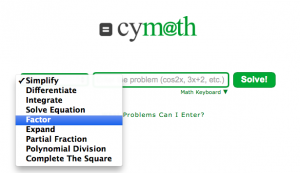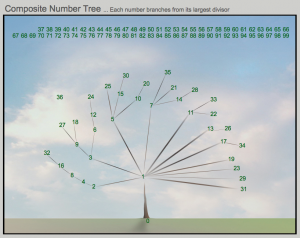Looking inside on a cold, cold wet day
The sun did not shine.
It was too wet to play.
So we sat in the house
all that cold, cold wet day.
In honor of Dr. Seuss’s birthday coming up, I reread the book I could once recite as a child — and later as a young mom. It is a tale of fun, surprise, fear, mischief, skepticism, and guilt. That fish speaks in the back of our minds throughout our lives, warning us not to allow the Cat or Thing One and Thing Two into our house for fear they will upset everything.
Tell that Cat in the Hat
You do NOT want to play.
He should not be here.
He should not be about.
He should not be here
When your mother is out!”
In less than a coincidence, I learned today about a teacher who was offered a grant to provide consistent, in-school Internet access to students involved in a national research pilot of an innovative (and free) program for learning science in a safe social network. The grant would mean that the teacher — and her students– would have the solid, reliable connection they need to connect with a world outside their very small, rural community. Their world, much like the Seuss kids inside on a cold, cold, wet day, would be open to allow outsiders in.
But the worrier fish in this real life story had a greater say than the one in the book. The Cat in the Hat — and Thing 1 and Thing 2 — did not get past the door to bring the reliable Internet connection to the kids in that classroom. For whatever reason, the school administration did not feel comfortable allowing an outside funder/stranger to bring in such disruption(?). And so the grant was politely but officially declined. Sally and her classmates simply stay inside, watching out the window and connecting perhaps during the few classroom hours when “mom” is home and the Internet works?
Every teacher faces different barriers, stressors, and challenges. And the fish in this tale probably has a very good (or legally protective) reason to refuse to allow the Cat into the classroom.
The message to me is that none of us really understands what others face inside their teaching houses on cold, cold wet days. We may be risk takers and have school administrations that allow more open doors (and permit the mess caused by Thing 1 – the Internet and Thing 2- social learning). We may worry about how to clean up after the fun our students have when it gets a little messy. Or we may face much more basic challenges like just being allowed to open the door. Don’t assume you know every tale. You might even try rereading The Cat in the Hat through the lens of adult experience. It adds a new layer of meaning to Read Across America.



 I loved
I loved 







